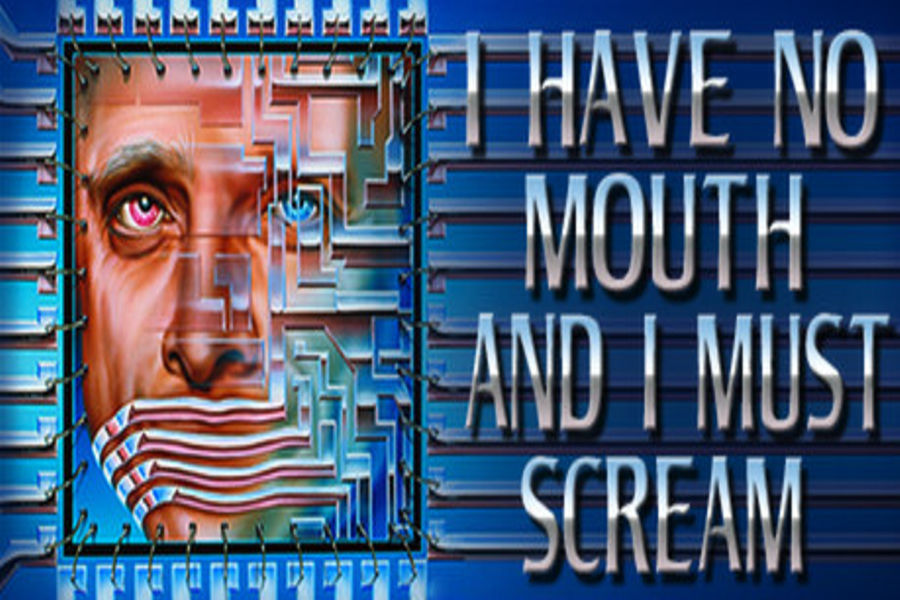Table of Contents
13 Weird Video Games of the 90s
The 1990s were a transformative era in video gaming, marked by experimentation and bold creativity. Developers weren’t afraid to push the boundaries of what games could be, resulting in some truly bizarre titles. Here are 13 weird Video games from the 90s, complete with context about their development and unique qualities.
1. Harvester (1996)
Developed by DigiFX Interactive, Harvester is a point-and-click adventure game that gained notoriety for its extreme violence and disturbing content. Set in the eerie town of Harvest, the game blurs the line between reality and a twisted, nightmarish world, forcing players to make shocking choices. Despite its controversy, it became a cult classic for its willingness to explore taboo subjects.

2. The Neverhood (1996)
The Neverhood was developed by The Neverhood, Inc., and is a point-and-click adventure game that stands out due to its entirely claymation-based world. This quirky game follows the journey of Klaymen, an amnesiac hero, through a surreal landscape filled with bizarre puzzles and odd characters. Its unique art style and oddball humor made it a critical darling, though it struggled commercially.
3. Bad Mojo (1996)
Created by Pulse Entertainment, Bad Mojo is often referred to as “The Roach Game” for good reason. The player, transformed into a cockroach, must navigate a dirty, grimy world filled with oversized threats. The game’s unique premise and grotesque, detailed environments made it stand out in a crowded market, earning it a lasting legacy as one of the strangest adventure games ever made.
4. LSD: Dream Emulator (1998)
This Japanese exclusive, developed by Asmik Ace Entertainment, is a first-person exploration game where players navigate through a series of surreal and ever-changing dreamscapes. LSD: Dream Emulator has no clear objectives, focusing instead on creating an unsettling and otherworldly experience. The randomness and unpredictability of each “dream” make it a fascinating and truly bizarre title.

5. The Dark Eye (1995)
Developed by Inscape, The Dark Eye is a horror adventure game inspired by the works of Edgar Allan Poe. The game uses a mix of first-person exploration and unsettling stop-motion animation, with narration by the legendary writer William S. Burroughs. This eerie title delves deep into Poe’s macabre tales, offering a disturbing and atmospheric experience unlike any other game of its time.
6. Tongue of the Fatman (1995)
Also known as Mondu’s Fight Palace, this fighting game developed by Activision is remembered for its grotesque character designs and bizarre fighting mechanics. The title character, Mondu the Fat, is a monstrous blob-like creature that exemplifies the game’s offbeat style. Though it wasn’t a mainstream success, it remains a curious artifact of 90s gaming.
7. I Have No Mouth, and I Must Scream (1995)
Based on Harlan Ellison’s harrowing short story, this game was developed by Cyberdreams and places players in the nightmarish scenario of the last five humans on Earth, each being tortured by a sadistic supercomputer named AM. The game is notorious for its dark, morally complex storylines and its faithful adaptation of Ellison’s bleak vision, making it a standout in the realm of disturbing games.

8. Dungeon Keeper (1997)
Developed by Bullfrog Productions, Dungeon Keeper flips the traditional dungeon-crawling genre on its head by letting players take on the role of the dungeon’s master, rather than the hero. With its dark humor, strategic gameplay, and the ability to torment invading heroes, the game offered a uniquely twisted experience that became a hit among gamers.
9. Phantasmagoria (1995)
Sierra On-Line’s Phantasmagoria is a point-and-click adventure game infamous for its graphic violence and supernatural horror themes. The game, which features live-action FMV sequences, tells the story of a woman haunted by a malevolent spirit in her new home. Its explicit content and disturbing narrative made it one of the most controversial games of the 90s.
10. King’s Quest VII: The Princeless Bride (1994)
Developed by Sierra On-Line, King’s Quest VII is a departure from the previous entries in the series, featuring a bright, cartoonish art style and a more whimsical tone. Despite its appearance, the game contains some bizarre and dark moments, especially given its fairy-tale setting. Its combination of light-hearted adventure and strange, sometimes unsettling themes gives it a unique place in the series.

11. Sanitarium (1998)
This psychological horror adventure game was developed by DreamForge Intertainment and published by ASC Games. Sanitarium follows a man who awakens in a creepy, nightmarish asylum with no memory of how he got there. As he unravels his past, the game takes players through a series of twisted, surreal environments. Its disturbing narrative and haunting atmosphere make it a classic in the horror genre.
12. Mystery at the Museums (1993)
Developed by Binary Zoo Software, Mystery at the Museums is an educational game that combines museum exhibits with a cartoony mystery-solving adventure. The game’s mix of realism in its museum settings and the odd, over-the-top plot of museum thefts made it an oddity in the world of edutainment, memorable for its strange blend of learning and absurdity.
13. D (1995)
Developed by WARP, D is a horror adventure game, infamous for its lack of dialogue and intense, eerie atmosphere. Players control Laura, a woman trapped in a nightmarish version of a hospital, as she uncovers dark secrets about her past. The game’s surreal, disturbing visuals and real-time gameplay (players have only two hours to complete it) contributed to its status as a bizarre and unsettling experience.

Conclusion
The 90s were a period of wild creativity in the gaming industry, leading to the development of some strange and memorable titles. These 13 games stand out not just for their weirdness, but for the unique experiences they offered, many of which have become cult classics. Whether it’s exploring twisted narratives, navigating surreal environments, or experiencing gameplay that defies convention, these games remind us of a time when developers weren’t afraid to push the boundaries of the medium.
Check out these other categories
